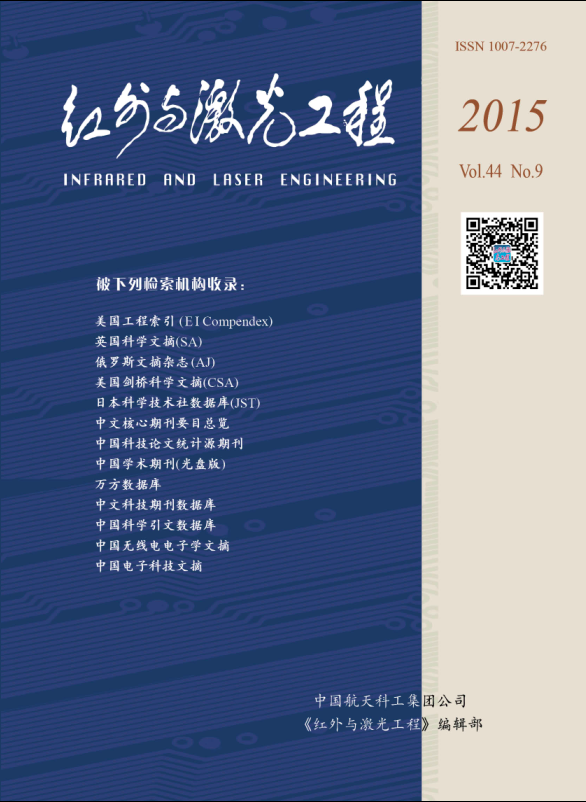红外与激光工程, 2015, 44 (9): 2672, 网络出版: 2016-01-26
基于多层有限元模型的激光选区熔化多层瞬态温度场演化规律研究(英文)
Transient temperature evolution of Selective Laser Melting process based on multilayer finite element model
增材制造 激光选区熔化 温度场 多层有限元模型 additive manufacturing Selective Laser Melting(SLM) temperature field multilayer FEA model
摘要
建立了激光选区熔化(SLM)加工的多层瞬态热有限元模型,该模型考虑了随温度变化的材料属性,并通过将粉末材料的热物理属性转换为实体材料的热物理属性来模拟粉末-实体的转换过程,有限元分析结果与单熔道实验结果吻合,验证了该模型的有效性。研究了扫描速度(0.2 m/s,0.4 m/s,0.6 m/s)和激光功率(80 W,100 W,120 W)对温度场的影响,并研究了相邻层之间的铺粉过程的冷却效应。结果显示,当扫描速度越大时,温度峰值点相较激光光斑中心越偏后,温度峰值和温度梯度随着激光功率的增大或者扫描速度的减小而增大,该研究为SLM加工工艺参数的选择提供了理论依据。
Abstract
A multilayer transient temperature finite element model of Selective Laser Melting was established. This model took account of the temperature-material properties and the powder-to-solid transition by converting the powder thermophysical properties to the solid thermophysical properties. The FE model consisted of two layers of elements. The simulation results are in good agreement with the single track experiment result. The effects of scan speed (0.2 m/s, 0.4 m/s, 0.6 m/s) and laser power (80 W, 100 W, 120 W) on the temperature field were investigated. Simulation results show that the point of peak temperature slightly shifted toward the back of the laser beam rather than the center of laser beam when the laser beam moves. The peak temperature as well as the thermal gradient increases with increasing laser power and decreasing scan speed.
肖冬明, 何宽芳, 王迪. 基于多层有限元模型的激光选区熔化多层瞬态温度场演化规律研究(英文)[J]. 红外与激光工程, 2015, 44(9): 2672. Xiao Dongming, He Kuanfang, Wang Di. Transient temperature evolution of Selective Laser Melting process based on multilayer finite element model[J]. Infrared and Laser Engineering, 2015, 44(9): 2672.



